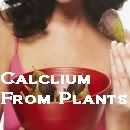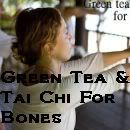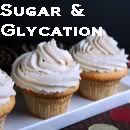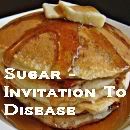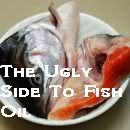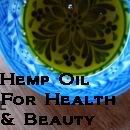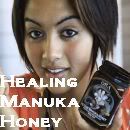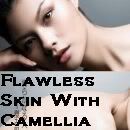
Do you want to add beautiful highlights to your hair this summer? There are a number of ways to naturally lighten your hair without going to the salon. Here are some ways to naturally lighten your hair color using natural methods.
Sun
Right outside your window is a natural and incredibly strong force that will lighten brown hair in a relatively short time. That is, of course, the sun. You have probably noticed that your hair is usually lighter during the summer when you’re outdoors more. But if you want to know how to bleach hair naturally then simply lie down outside. Cover your body and face with cloth and spread your hair so that it will absorb those pure, golden rays. You will have incredibly beautiful — and natural — hair highlights, and, if you spend enough time outside, your hair coloring will be as light as you could possibly wish.
Hydrogen Peroxide
Hydrogen peroxide has been used to lighten hair for decades although it shouldn't be used for long periods of time. It’s not nearly as natural as sun, but it surely beats a bottle of chemicals from the drugstore. Some people report success with pure hydrogen peroxide.
It is very important to first test out this concoction! Use a Q-tip and test on a small amount of hair near the back of the neck line. In this way, if something really funky happens, it will be hidden by your other hair. Wait 24 hours and see what’s happened and that everything is okay before you go ahead and use the hydrogen peroxide on your hair.
Honey
It turns out that a form of hydrogen peroxide actually forms in honey (it has to be diluted with water), meaning it can be use as a lightener, too! It’s a slightly more complicated process, and is not used with heat, like lemon. For more information, here is an informative post on using honey as a lightener.
Lemon
Lemon juice is a more natural alternative than hydrogen peroxide. One fresh lemon will give you approximately 2 tablespoons of a lemon juice. Mix this juice with approximately 6 tablespoons of water and rub it in to your dry hair [more juice if your hair is long, less juice if it's short.]
Allow the juice to remain on your hair for several hours before you rinse it out.
If you repeat this for several days [the time depends on YOUR hair] you will have very natural hair highlights. Of course, if you also take your lemon juice covered hair out in the sunshine that will speed the process up. The best thing about using lemon juice as a hair colorant is that it looks very natural.
Chamomile Tea
Yes, hair coloring with tea is possible. Freshly brewed chamomile tea is an excellent home remedy to lighten dirty blond and light brown hair without causing any damage. Brew a strong pot of tea by allowing at least thirty minutes for the tea to steep. Allow the tea to cool, and then add a few tablespoons to your conditioner and put the rest in an empty shampoo bottle. When bathing, wash your hair with the tea instead of your normal shampoo, and then condition with the chamomile conditioner mix. Air dry your hair by sitting in the sun if possible. Like lemon juice, chamomile tea slowly changes the pigment of your hair so don't expect extreme results after one application. However, the tea has no potential to dry or damage hair so feel free to use it daily until you achieve the results you want.
Cinnamon
Ground cinnamon is another home remedy that will lighten up your strands. Mix three tablespoons of cinnamon in with four tablespoons of your favorite conditioner to create a paste, or you could mix it with honey, olive oil and lemon juice to make a lightening paste. Massage the mixture onto your head and comb it through to make sure your strands are evenly coated for best results. Leave the mixture on your head for a minimum of four hours, though sleeping with it on overnight will produce the best results. Rinse your hair and repeat this process until you achieve the shade you want or to maintain color. Cinnamon has the potential to lighten your hair by two to three shades.
Olive Oil
Olive oil contains lightening agents in addition to its undeniable ability to give hair a certain softness and sheen. It's excellent for counteracting any drying effects lemon juice may have on your hair. Mix a tablespoon or two of olive oil in a cup of water with one tablespoon of pure lemon juice. Massage mixture into hair and leave to soak for 30 minutes. Rinse well; two shampoos may be required to completely remove the olive oil.
Other ingredients to help lighten hair: apple cider vinegar, baking soda, rhubarb, black tea.
Try one, try all, mix them together and use as a paste. Get creative!
Try one, try all, mix them together and use as a paste. Get creative!
Thanks for reading! What do you think?
You Might Also Like-
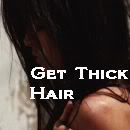
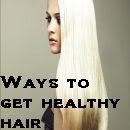
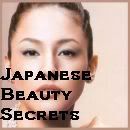
Filed under Hair
Please leave a comment below
__________________________________________________________



